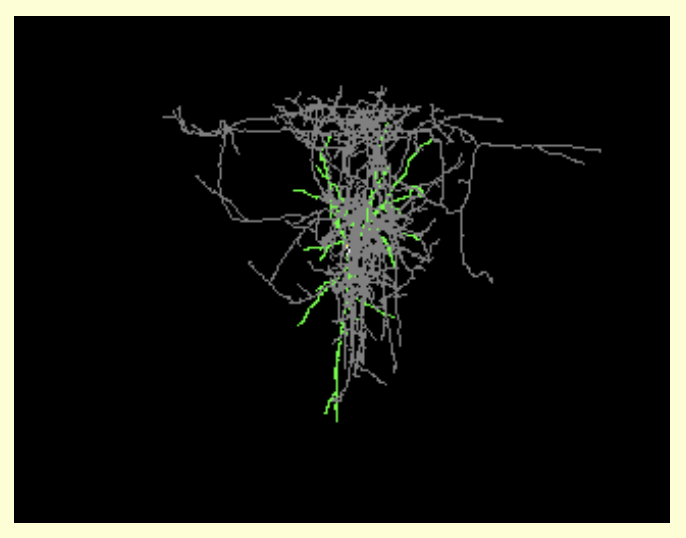URL: https://web.expasy.org/cellosaurus/CVCL_1906
Proper Citation: (TKG Cat# TKG 0403, RRID:CVCL_1906)
Description: Cell line HEp-2 is a Cancer cell line with a species of origin Homo sapiens (Human)
Sex: Female
Disease: Human papillomavirus-related endocervical adenocarcinoma
Defining Citation: PMID:566722, PMID:1246601, PMID:3180844, PMID:4203458, PMID:4864103, PMID:5641128, PMID:5668122, PMID:8397027, PMID:13209540, PMID:13261081, PMID:14185313, PMID:17254797, PMID:19450234, PMID:19941903, PMID:20143388, PMID:23925245, PMID:25485619, PMID:26589293, PMID:29483928, PMID:29967540, PMID:31105993, PMID:33389257, PMID:34024160, PMID:34697958
Comments: Derived from sampling site: Uterus; cervix., Omics: Ubiquitination analysis by proteomics., Omics: Transcriptome analysis by RNAseq., Omics: Transcriptome analysis by microarray., Omics: SNP array analysis., Omics: Genome sequenced (low read coverage)., Transformant: NCBI_TaxID; 333761; Human papillomavirus type 18 (HPV18)., Virology: Not susceptible to infection by SARS coronavirus 2 (SARS-CoV-2) (COVID-19) (PubMed=33389257)., Population: African American., Part of: KuDOS 95 cell line panel., Problematic cell line: Contaminated. Shown to be a HeLa derivative (PubMed=4864103; PubMed=5641128; PubMed=566722; PubMed=1246601; PubMed=20143388). Originally thought to originate from a 56 year old male patient with a laryngeal carcinoma.., Discontinued: BCRC; 60042; true.
Category: Cancer cell line
Expand AllWe found {{ ctrl2.mentions.total_count }} mentions in open access literature.
We have not found any literature mentions for this resource.
We are searching literature mentions for this resource.
Most recent articles:
{{ mention._source.dc.creators[0].familyName }} {{ mention._source.dc.creators[0].initials }}, et al. ({{ mention._source.dc.publicationYear }}) {{ mention._source.dc.title }} {{ mention._source.dc.publishers[0].name }}, {{ mention._source.dc.publishers[0].volume }}({{ mention._source.dc.publishers[0].issue }}), {{ mention._source.dc.publishers[0].pagination }}. (PMID:{{ mention._id.replace('PMID:', '') }})
A list of researchers who have used the resource and an author search tool
Find mentions based on location

{{ ctrl2.mentions.errors.location }}
A list of researchers who have used the resource and an author search tool. This is available for resources that have literature mentions.
No rating or validation information has been found for HEp-2.
Contaminated
Problematic cell line: Contaminated. Shown to be a HeLa derivative (PubMed=5641128; PubMed=566722; PubMed=1246601; PubMed=20143388). Originally thought to originate from a 56 year old male patient with a laryngeal carcinoma.
Registration: International Cell Line Authentication Committee, Register of Misidentified Cell Lines; ICLAC-00007.
Discontinued
Discontinued: BCRC; 60042
Source: Cellosaurus





